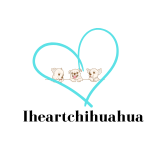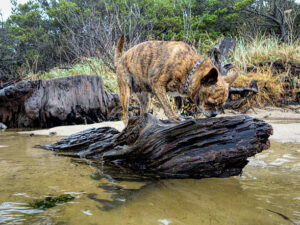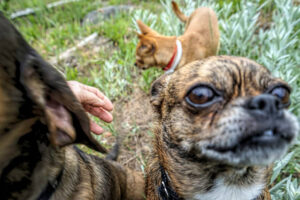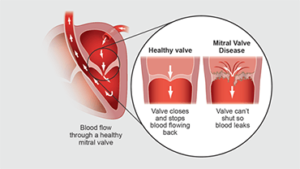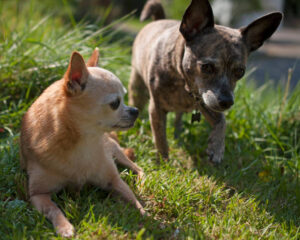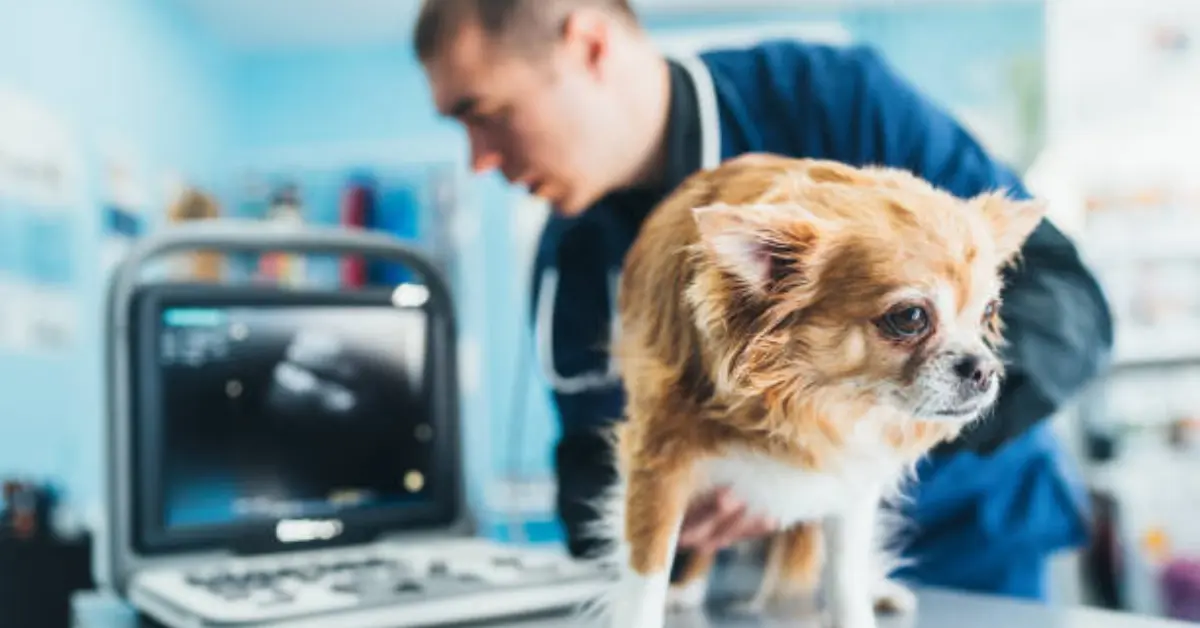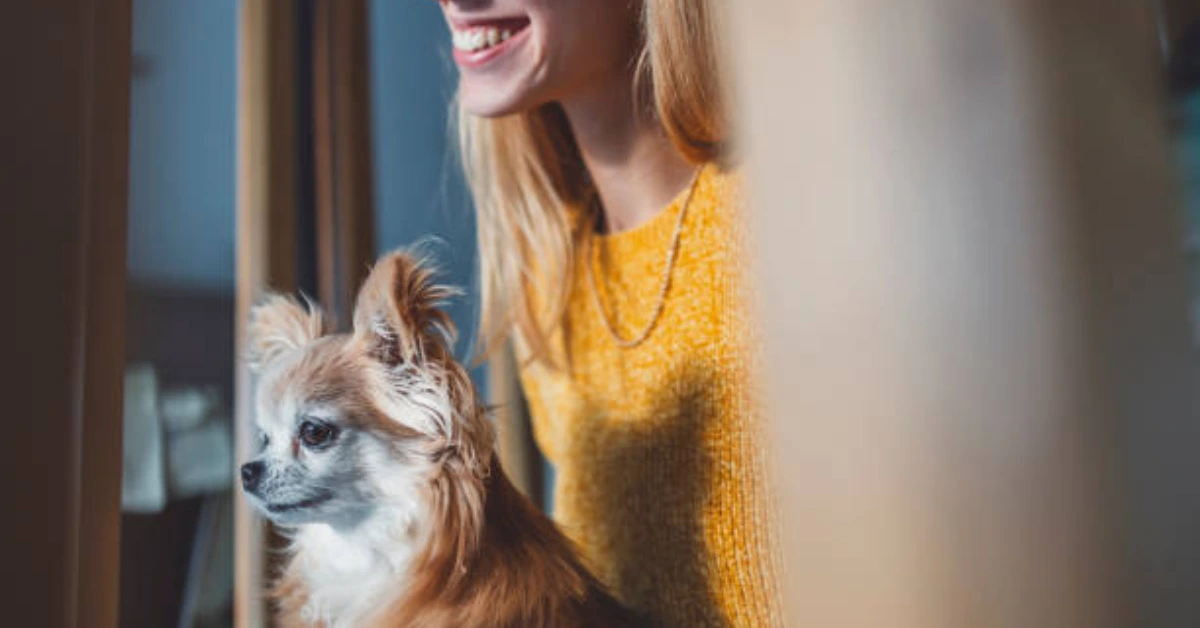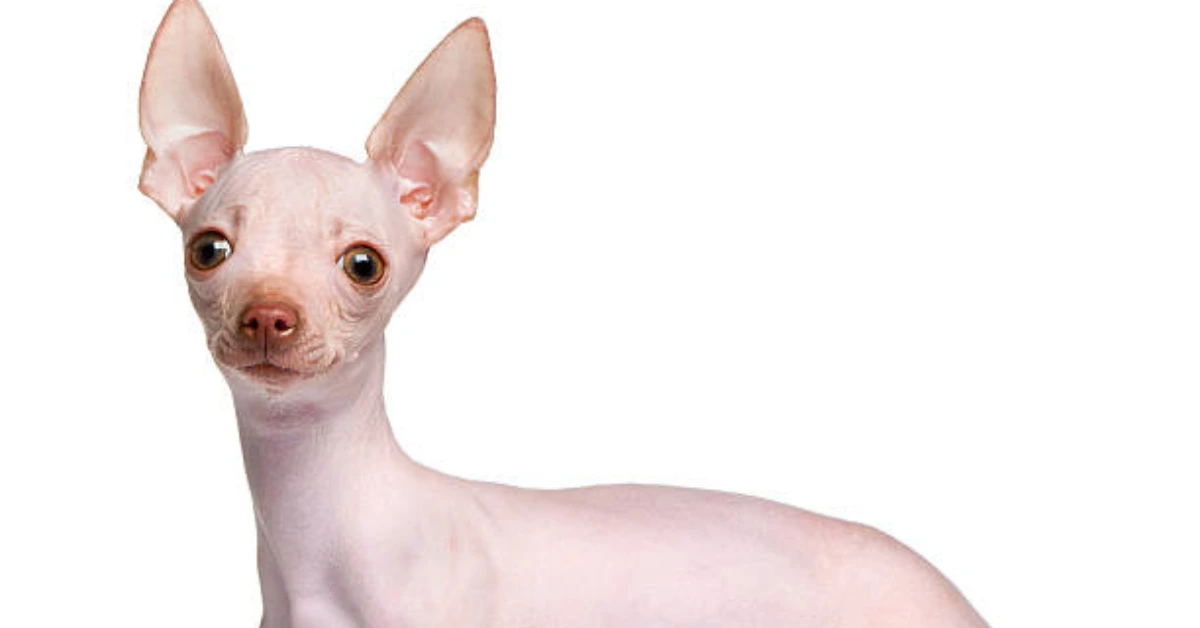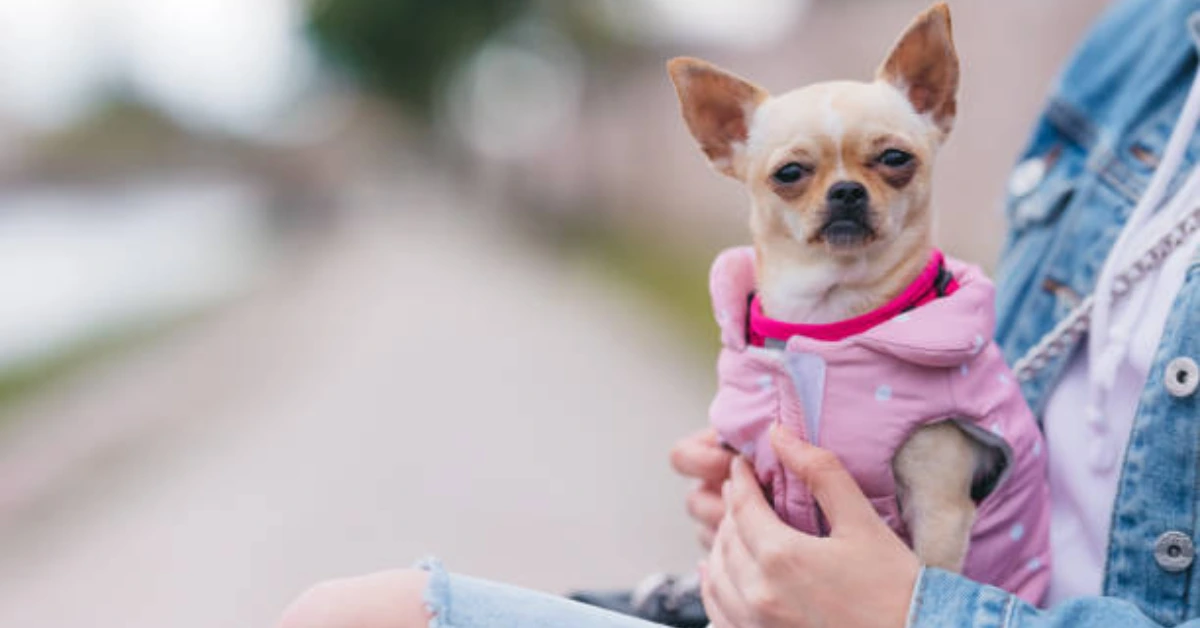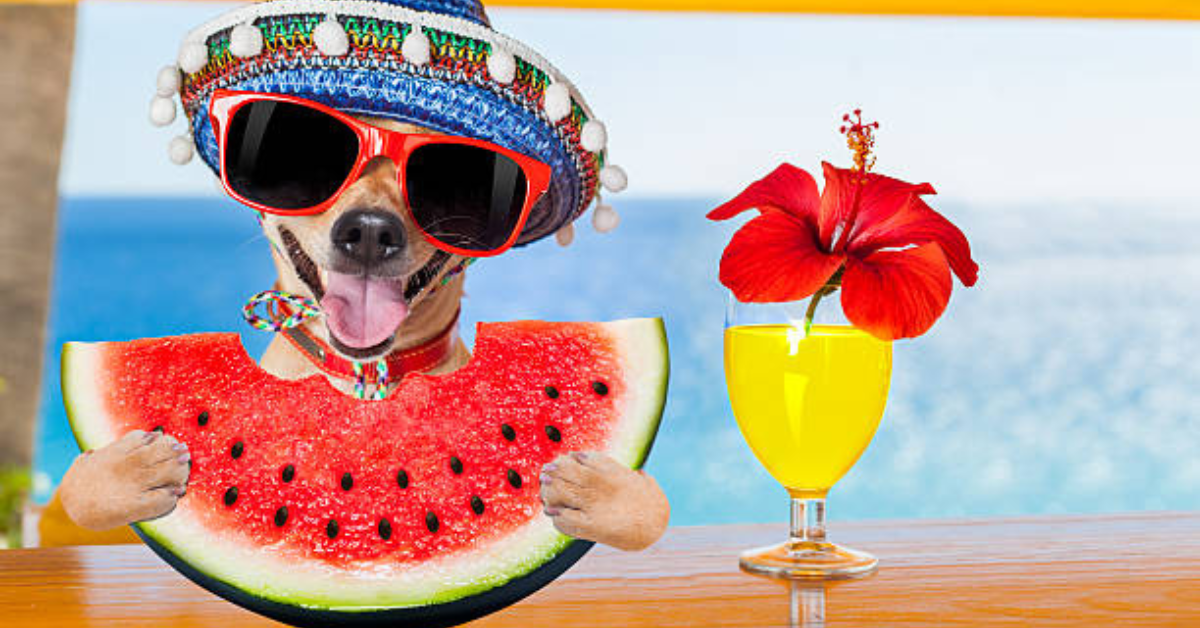The tiniest dogs in the world are these little guys, and they make great pets. People love chihuahuas all over the world.
But why do some Chihuahuas have brindle fur? Do people want them as much as any other color of Chihuahua coat?
We’re going to talk about the brindle coat today and find out if the main clubs allow it or not.
Advertisement
We’ll let you know soon if brindle Chihuahuas are real or not.
There is only one certain thing: brindle Chihuahuas are beautiful.
Let’s check to see if that beauty costs something.
What’s A Brindle Chihuahua?
Brindle dogs come in a lot of different breeds. If you ask our dog friends, those tiger stripes are always in style. But not all dog breeds are brindle, and not all dogs can pull off those colors.
There isn’t an official Chihuahua color called brindle, which is too bad.
The club does not allow dogs of any other color, such as brindle, silver, gold, or popular choices like pure white Chihuahuas. Dogs like these can’t compete in real dog shows. They will be rejected right away because the color of their coat doesn’t match the Chihuahua’s standard.
How A Brindle Chihuahua Is Produced?
Breeders have to add another dog breed to dogs that aren’t naturally brindle to get them a brindle coat. This is called crossbreeding. In the past, this process often happened, so now breeders mix brindle Chihuahuas with non-brindles to increase the chances of getting the coat in question.
A normal brindle Chihuahua has a beautiful body with dark stripes that look like tigers. The base color is light brown or gray. A brindle coat is common on Boxers and Shepherds, but it’s not just found on dogs. More than one animal can be a brindle!
Still, just because some dog types do it naturally doesn’t mean Chihuahuas do too. Chihuahuas with brindles are not common. You’re about to discover why they are so uncommon in a bad way.
Brindle Coat Genetics Explained
Genetics and how they work in dogs scare a lot of dog owners. They find it hard to understand everything about loci, alleles, dominant genes, and recessive genes. You have nothing to worry about because it can be easy to figure out why coat colors change.
You can tell that the dog has eumelanin because of its brindle hair, which has black and brownish stripes. Pheomelanin is the pigment that makes up the base coat, and the intensity locus changes it. In other words, the base can have different colors, from darker to lighter ones.
Most of the time, breeders can’t tell if a dog will be a brindle or not with useful tests. You can only find out by waiting for the puppies to be born after the sire and mom mate.
Chihuahuas that are brindle can turn darker as they age, just like merle dogs can.
Brindle Chihuahua Appearance
Brindle chihuahuas typically weigh 6 pounds or 2.72 kg. Their typical height is between 6 and 9 inches.
Because they are bred with brindle Dachshunds, chihuahuas are often on the heavier side. They are 4 to 8 pounds in weight.
These dogs are the same size as other chihuahua breeds in terms of physical composition. They have a little frame, but they have a fierce personality. Their lengthy hair can occasionally give them a fluffier appearance than a typical chihuahua.
Brindle Chihuahua Temperament
Although many people believe that a dog’s temperament is frequently influenced by its coat color, this is rarely the case.
For instance, purebred black dogs are considered ferocious, whereas white dogs are incredibly amiable and kind. However, how often have you seen a small, spirited white Poodle? most likely quite a bit. All-color Chihuahuas are also capable of displaying hostility. That claim about coat color and disposition is instantly refuted by this.
Regular Chihuahuas and brindle Chihuahuas shouldn’t differ all that much. They do, however, have distinct parents. Put another way, it wouldn’t be strange for the puppies to acquire the characteristics of that other dog because these Chihuahuas are a cross between Chis and a few other dogs.
Even though there may have been crossbreeding in the brindle line at some point in the past, temperament genes can persist for many generations.
Assume that your brindle Chi’s parents are brindle terriers and Chihuahuas. Puppies typically inherit their parents’ work ethic and energy. That isn’t how standard Chihuahuas are. These are not working pups; they were bred as companion dogs.
Therefore, you could conclude that the brindle coat, not just because of its color but also because of its origin, can change the disposition of a typical feisty Chihuahua.
Brindle Chihuahua Health
The truth is that I don’t think Chihuahuas are super healthy dogs. So, we also can’t say that brindle Chihuahuas are healthy, especially since they come from a different breed.
To sum up: brindle Crossbreeding is what makes chihuahuas. A trustworthy breeder won’t try new things and focus on brindle dogs.
Many health issues can happen to mixed-breed dogs, like our brindle Chihuahua. They might not happen with every pet, but it’s better to know about them and be ready for them.
One Chihuahua dog can live for 12 to 18 years on average. Chihuahuas that are 20 years old have been seen! The little guys are tough, and they’re not easy to break unless they get some of these health problems:
Patellar luxation
Kneecap dislocation is a common orthopedic problem known as patellar luxation. Small breed dogs like Toy Poodles, Yorkshire Terriers, Chihuahuas, and Pomeranians are more likely to get this condition, but it can also happen to big breed dogs.
Mitral Valve Disease
When the valve thickens and becomes less stable over time, this is called mitral valve disease. We don’t know the exact cause or reasons for this degeneration yet, but in some breeds, we think it may have something to do with genes.
Tracheal Collapse
The tube that runs from the throat to the lungs is called the trachea, or windpipe. The trachea retains its tube-like form because tiny cartilage rings run along the tracheal wall. In dogs, these rings only cover around 5/6 (83%) of the circumference of the windpipe instead of entirely encircling it. A thin tissue membrane completes the circle.
Scleritis
A condition known to be potentially blinding, scleritis is characterized by severe and excruciating inflammation of the sclera. It can affect the cornea, episclera, and uvea, among other nearby structures. It can affect either the anterior or posterior sclera, or both.
Intervertebral Disc Disease (IVDD)
Back pain in dogs is frequently caused by intervertebral disc disease (IVDD), which affects both younger and older dogs of breeds that are predisposed to the condition. Disc injuries can vary greatly in nature and severity, from little pain to paralysis.
Hypoglycemia
Dogs with hypoglycemia, which is characterized by blood glucose levels of less than 3.3 mmol/L (60 mg/dL), are quite common patients in veterinary clinics. The clinical manifestations of this metabolic disease can be diverse, varying from mild irregularities to potentially fatal situations.
Brindle Chihuahua Care
Chihuahuas require the same amount of care and attention as other dogs, regardless of their hue. When caring for your brindle Chihuahua, it’s crucial to consider the following:
Grooming
In the unlikely event that you come across a brindle Chihuahua, make sure to keep that breed’s coat as healthy as possible. Good grooming habits are beneficial for every dog, as a well-groomed coat contributes to a happier and healthier puppy.
Grooming your dog will differ depending on whether you have a brindle long-haired or short-haired breed.
The occasional brushing is all needed to keep the short-haired Chihuahua’s skin and coat healthy. For a Chihuahua with long hair, regular brushing is necessary, at least two or three times per week.
You should check and clean your dog’s ears regularly to avoid infections brought on by dirt, waxy buildup, or excessive wetness. They will require regular nail care to keep their nails from breaking or cracking.
Diet
A balanced diet is essential for your brindle Chihuahua’s health. Ensure that your dog consumes vital vitamins, minerals, and nutrients.
Exercise
Owing to their excessive energy, brindle chihuahuas need a lot of exercises to stay in good shape. Playtime indoors and regular, brisk walks will work just fine.
Brindle Chihuahua Price
If you’re fortunate, you may be able to find them for adoption. I can assure you that adopting one will be far less expensive than purchasing one from a breeder or retailer.
The price range for brindle Chuhuhas varies based on the breeder and their region, from $2500 to $4500. A portion of that would be required if you adopted one from your neighborhood animal shelter. For most locations, $300 to $500 is plenty.
They are even less expensive in some regions. But the average cost of a brindle chihuahua in the US is $3000 if you want to get one from a reputable breeder or pet store.
Is Brindle Chihuahua The Right Option For Me?
Nobody disputes the beauty of a brindle Chihuahua puppy. You can’t even take your eyes off them, they’re that beautiful. Brindle should never be a choice for Chihuahuas, regardless of the length of hair.
Breeds have been mixed, either lately or in the past, to produce this coat color. Improper mixing—typically accidental—can have disastrous effects if it is done without sufficient preparation or without doing any health testing.
Puppies may end up severely impaired, possibly losing their hearing or eyesight.
It is not worth it to pay for a brindle Chihuahua’s beauty.
Consider carefully. Invest in a purebred puppy so that your only issue will be coming up with a catchy Chihuahua dog name!
Last Word
A brindle chihuahua can be a wonderful alternative for you if you have the money and are prepared to bear a few additional costs.
YOU MAY ALSO LIKE:
blue chihuahua- A Breed Complete Guide
39 Chihuahua Colors And Patterns- A Complete Guide
10 Facts about merle chihuahua
Advertisement
